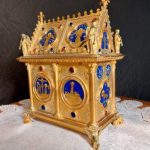 Our World
Our World  Our World
Our World  Movies and TV
Movies and TV The 10 Coolest Stars to Set Sail on The Love Boat
 History
History 10 Things You Didn’t Know About the American National Anthem
 Technology
Technology Top 10 Everyday Tech Buzzwords That Hide a Darker Past
 Humans
Humans 10 Everyday Human Behaviors That Are Actually Survival Instincts
 Animals
Animals 10 Animals That Humiliated and Harmed Historical Leaders
 History
History 10 Most Influential Protests in Modern History
 Creepy
Creepy 10 More Representations of Death from Myth, Legend, and Folktale
 Technology
Technology 10 Scientific Breakthroughs of 2025 That’ll Change Everything
 Our World
Our World 10 Ways Icelandic Culture Makes Other Countries Look Boring
 Our World
Our World 10 Ways Your Christmas Tree Is More Lit Than You Think
 Movies and TV
Movies and TV The 10 Coolest Stars to Set Sail on The Love Boat
 History
History 10 Things You Didn’t Know About the American National Anthem
Who's Behind Listverse?

Jamie Frater
Head Editor
Jamie founded Listverse due to an insatiable desire to share fascinating, obscure, and bizarre facts. He has been a guest speaker on numerous national radio and television stations and is a five time published author.
More About Us Technology
Technology Top 10 Everyday Tech Buzzwords That Hide a Darker Past
 Humans
Humans 10 Everyday Human Behaviors That Are Actually Survival Instincts
 Animals
Animals 10 Animals That Humiliated and Harmed Historical Leaders
 History
History 10 Most Influential Protests in Modern History
 Creepy
Creepy 10 More Representations of Death from Myth, Legend, and Folktale
 Technology
Technology 10 Scientific Breakthroughs of 2025 That’ll Change Everything
 Our World
Our World 10 Ways Icelandic Culture Makes Other Countries Look Boring
Top 10 World Famous Human Body Parts
Lots of celebrities find fame and fortune because they possess a particularly valuable or desirable body part. There are stories of people who insure their limbs – or other parts – for ridiculously huge sums, because their entire career is based on lovely legs or a darling derriere. While some body parts are famous in life, others gain renown once they are removed from their famous body. Here are ten of the most famous preserved body parts, and the stories of how they came to survive the death of their owners.
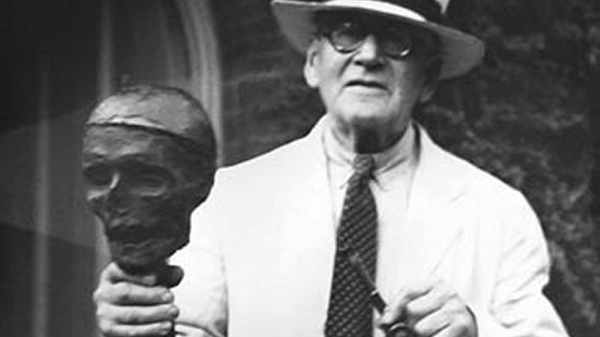
When justice fails to find someone living to charge with a crime, it has often happened that a corpse has been put on trial. After the restoration of King Charles II, the body of Oliver Cromwell was dug up and held accountable for the execution of his predecessor and father, Charles I. Cromwell’s body was hanged publicly, and its head was cut off and put on display at Westminster Hall. Heads for display were usually tarred so that they could remain on show for a long time – and this is precisely what seems to have happened with that of Cromwell.
A storm eventually dislodged the head from its pike, and it was stolen by a guard. Since then the skull, still with preserved flesh attached, has passed through several hands, including a museum of curiosities and a private owner. The head was finally put to rest in 1960, in the grounds of Cromwell’s old college in Cambridge. The exact site of burial has been kept secret, in order to protect the head from further molestation.
I recently wrote a list which mentioned the remains of Jeremy Bentham, the utilitarian philosopher, being used as a memorial statue. This was in line with Bentham’s wishes. For the last decade of his life, Bentham carried around the glass eyes he wanted to be used to replace his own when he was turned into his own statue. Unfortunately, the process of preservation used on the head transformed it into something rather grotesque, and so the final statue had a waxwork head. Bentham’s own head became the focus of student pranks after it was placed in University College London. Because of this it has been removed to a museum and can only be viewed with special permission.
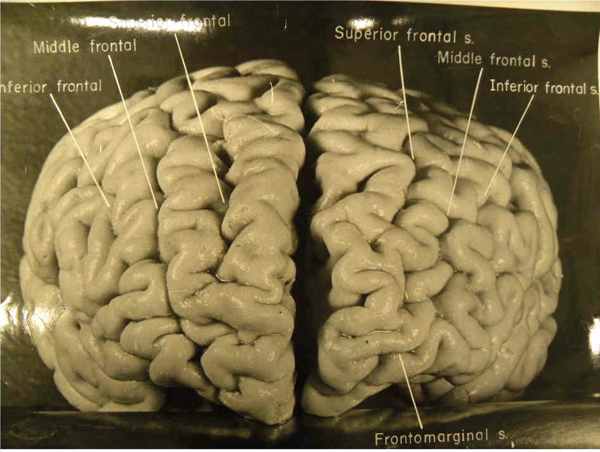
Einstein’s brain is perhaps the most famous organ of the 20th century. The brain became synonymous with genius, and remains an item of fascination for neuroscientists. Within hours of Einstein’s death, his brain was removed for study to try and understand the source of his insights. Several interesting differences between his brain and other people’s were noticed. After the initial study, however, the brain went missing – with no one knowing for certain what had happened to it. Sections of the brain had been given to researchers but the main portions of the brain were still with the doctor who had removed it. The travels of the brain which changed 20th century physics have been documented in several books and films.
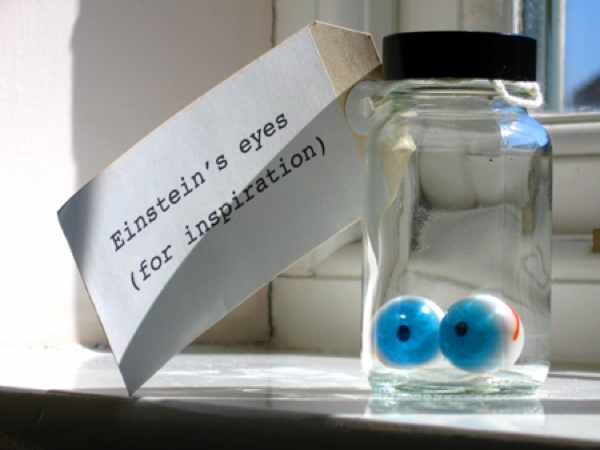
The bodies of saints were often raided for relics as soon as they died. Einstein – secular saint of the modern day – was no exception. As well as taking the brain from Einstein’s corpse, the doctor who dissected him also removed his eyeballs. While his brain may have been a legitimate object of study, it is hard to see what Einstein’s eyes could teach us. The eyes were passed to another of Einstein’s doctors and they remain in his possession today. Rumour has it that they are locked in a safe deposit box in New York. When asked why he has kept the eyes the new owner said it was to keep Einstein with him.
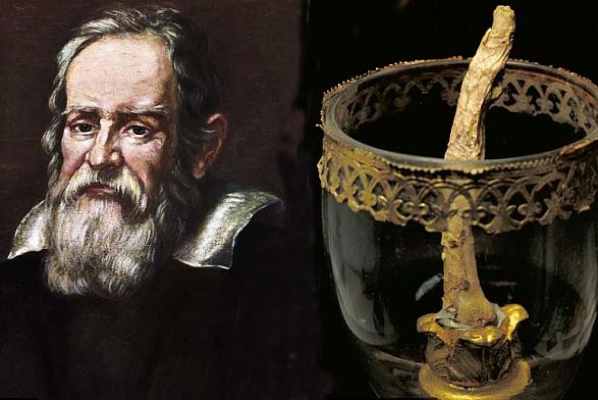
Galileo suffered greatly for his refusal to deny his belief that the Earth travels around the sun. He was kept under house arrest by the Church, for saying what every school child knows today. After his death he was buried in a modest tomb. As soon as later generations recognised his greatness, he was removed to a grand mausoleum. During the move, his admirers decided to take relics – and one of these was the middle finger of Galileo’s right hand. The finger can now be seen in the Museum of the History of Science – named after Galileo – in Florence. The preservation of a middle finger has given Galileo the ability to eternally flip off the church, which only formally apologised for its mistake regarding heliocentricism in 1992.
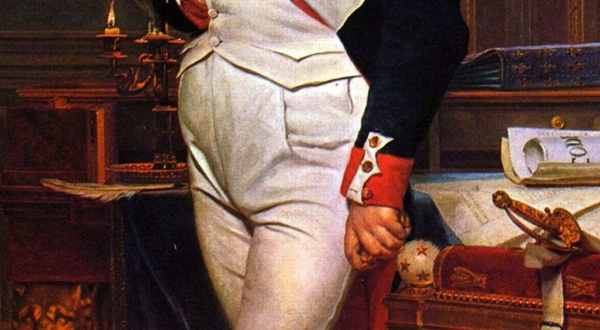
While the Napoleon complex, which associates short stature with a drive for power, may be based on a historical misunderstanding – Napoleon being of an average height for the time – there may still be a Freudian explanation for his urge to conquer Europe. After his death, an autopsy was performed on the emperor to establish why he died. Napoleon’s heart and stomach were officially removed – but the servant of the doctor who performed the examination recorded privately that various other unspecified parts were taken.
For decades, rumours have existed that one of these parts was the Emperor’s penis. The penis has been auctioned several times and displayed. The thing now known as Napoleon’s Napoleon seems to be a genuine body part of the great conqueror, but no one quite agrees as to whether it is a penis or not. The preserved member, about an inch long, has been described variously as a tendon, a piece of leather, a grape, and a shrivelled sea horse.
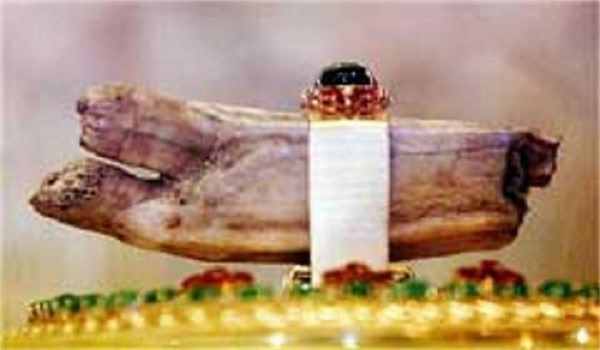
Gautama Buddha was the spiritual teacher who founded Buddhism in the 6th century BC in India. As with many religious figures, things associated with the life of Buddha became objects of veneration for followers. After Buddha’s death, he was cremated on a sandalwood pyre and his body entirely consumed, except for one of his canine teeth. The tooth was kept as a sacred relic. When wars between Indian states occurred through history, the tooth was one of the most wanted objects of plunder. After several giftings and relocations, the tooth finally ended up in Kandy, Sri Lanka, where it is held in a large gold reliquary to this day.
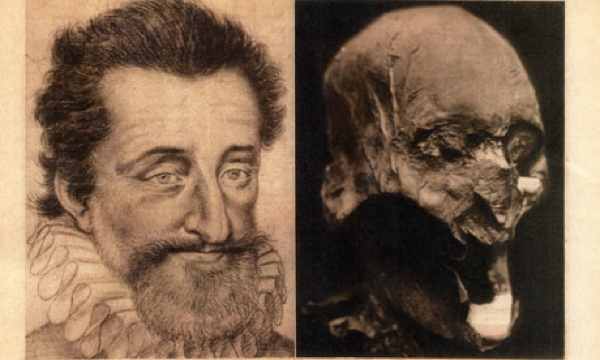
During revolutions, even the dead are not safe from violence. During the French revolution the tombs of former kings were desecrated, and their bodies scattered. Henri IV, called ‘The Good’ and founder of the Bourbon dynasty, suffered the indignity of being dug up nearly 200 years after his death. His head was detached, and passed between collectors of macabre items. The identity of the head was not confirmed until 2010, however, when a team of scientists studied the head and compared it to known portraits of the king and the death mask of the monarch. The head has since been reburied by descendants of the king.
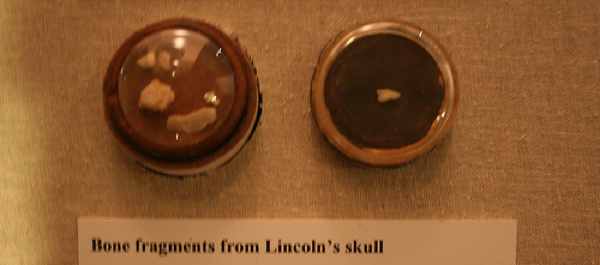
At the National Museum of Health and Medicine in Maryland, several relics of Abraham Lincoln are held. After the president was shot, he received the best medical treatment available at the time – but it was impossible to save him. Removing the bullet lodged in the president’s skull also presented a challenge: it ended up dislodging a blood clot, and a number of fragments of the skull the bullet had shattered. These were not returned for burial with Lincoln’s body, but have been preserved, and can be seen alongside the bullet.
Rasputin’s penis had a rather colourful life while still attached to its owner. Since his death, it has continued to be an object of fascination. Rasputin had a reputation for using his penis as a method of spreading his holy message amongst women. He became a hated figure, among the common people and nobles alike. It was a conspiracy of nobles who finally murdered Rasputin – and, it is claimed, castrated the body. The organ of Russia’s greatest Casanova can now be seen at the Erotica Museum in St. Petersburg, which purchased it from descendants of a maid who, in turn, claimed to have rescued it from the scene of Rasputin’s murder.




